Curated by Cecilia Alemani, the 59th Venice Biennale takes its title, Milk of Dreams, from a children’s book by Surrealist artist Leonora Carrington. The book is full of her illustrations of magical and mythical creatures. Alemani uses the text as a point of origin, conversing with artists about envisioning new worlds and new possibilities. The exhibition is divided into three themes — bodies and metamorphosis, the relationship between humans and technology, and the connection between humans and the earth. Given the scale of the exhibition (213 artists from 58 countries) and the fact that Alemani was unable to travel to make studio visits with the artists during the pandemic, it was no doubt a daunting task to create a holistic and cohesive exhibition. I thought it was extremely well curated. Alemani did not force artists’ work to fit within her thematic preconceptions, but instead provided opportunities for new interpretations and dialogues between the works in the galleries. Although the national pavilions and the many collateral exhibitions located throughout the city were not required to adhere to Alemani’s vision, many of them chose artists whose work relates to the overall themes.
I enjoyed the five “time capsule” sections of the show, especially The Cradle of the Witch, which features historical examples of female Dadaist and Surrealist work, like that of Leonora Carrington, Dorothea Tanning, Claude Cahun, Maya Deren, and others, and emphasizes the legacy of Surrealism on contemporary art. As a writer, it is a daunting task to try to cover such a large exhibition. When thinking about how to relate the show back to Texas, I credit my friend — Dallas artist Brian Scott of the duo Chuck and George — for making me think about which works I’d like to see in the Modern Art Museum of Fort Worth, my hometown museum. Four of the ten pieces on my top ten list were in the official exhibition, although all of the works thematically fit within Milk of Dreams.
“The Milk of Dreams is not an exhibition about the pandemic, but it inevitably registers the upheavals of our era. In times like this, as the history of La Biennale di Venezia clearly shows, art and artists can help us imagine new modes of coexistence and infinite new possibilities of transformation.” -Cecilia Alemani
1. Simone Leigh, Brick House, 2019, bronze
Leigh’s 16-foot tall bronze sculpture is an awe-inspiring sight, greeting viewers in the first room of the Arsenale. A powerful female totem whose body/skirt combines the architectural forms of West Africa, such as clay house dwellings from Benin and Togo and the Mousogum people of Cameroon and Chad, as well as a restaurant called Mammy’s Cupboard in Natchez, Mississippi. Leigh is the first black female to be represented by the U.S., and won the prestigious Golden Lion Award at the Biennale. (Note: I made my list before the awards were announced.)
2. U.K. artist Precious Okoyomon, To See the Earth Before the End of the World, 2022, mixed media installation
It is fitting that the exhibition begins with Simone Leigh’s work and ends with Precious Okoyomon’s work. Okoyomon transforms the gallery into an immersive, organic habitat filled with plants, invasive kudzu vines, moss, and water. The kudzu is a symbol of the rooted racism and inequality still prevalent in society. If it’s not ripped out at the roots, it grows back stronger than ever. Interspersed throughout the human-created ecosystem are life-sized yarn and lamb’s wool figurative sculptures. I interpret these figures as witnesses and protectors of the earth, metaphorically preventing the kudzu from overtaking the habitat and killing off the other plants. As a side note, Okoyomon lived with their family in Houston from 2000-2006, so there’s a Texas connection.
3. Lithuanian artist Eglė Budvytytė, Songs from the Compost: mutating bodies, imploding stars, 2020 4K video, 30 minutes
In this video, filmed in the pine forests and sand dunes of the Curonian Spit, a cast of young adults traverse the landscape. Their movements are choreographed as a dance with the earth, and each other. There is a silent, unspoken symbiotic connection between the youth and the land. Their bodies morph, decay, and mutate as the film progresses. When I researched the Curonian Spit, I found it interesting that it is a UNESCO World Heritage site that is shared between Lithuania and Russia. Budvytytė offers us a world where borders and boundaries dissolve and humans give back to the earth.
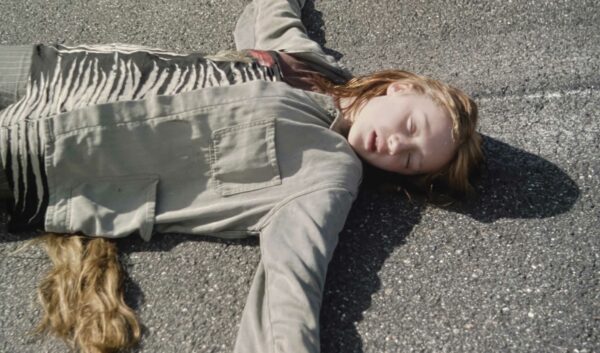
Eglė Budvytytė, “Songs from the Compost: mutating bodies, imploding stars” (video still), 2020, 4K video, 30 minutes.
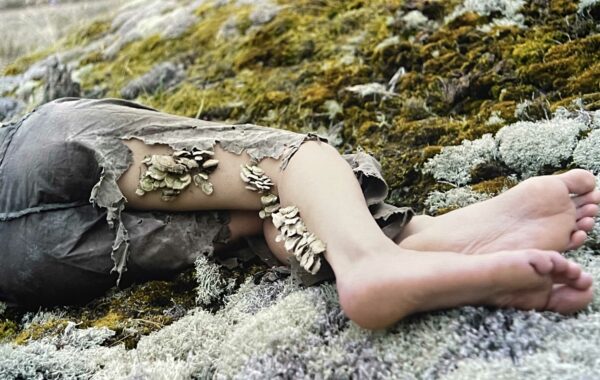
Eglė Budvytytė, “Songs from the Compost: mutating bodies, imploding stars” (video still), 2020, 4K video, 30 minutes.
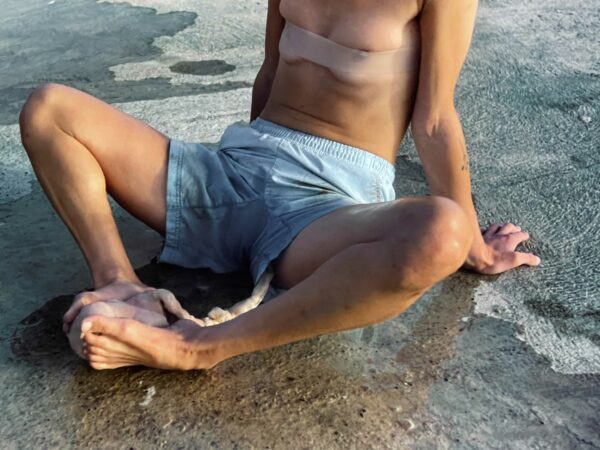
Eglė Budvytytė, “Songs from the Compost: mutating bodies, imploding stars” (video still), 2020, 4K video, 30 minutes.
4. Greek artist Janis Rafa, Lacerate, 2020, 3.2K video, 16.5 minutes
Beautifully filmed in a crumbling estate house using only natural light, we witness a pack of dogs running wild, wreaking havoc, a dead man on the floor, and scenes of detritus — spilled food, decayed fruit, and dead game are all artfully arranged, resembling still life paintings. As viewers, we arrive after the act of violence. Towards the end of the film, we see a lone woman sitting and then walking through the ruined house with her dogs in tow. Who is the perpetrator? Initially, I imagined an outside third party. However, after reading the credits and learning that the film was commissioned and produced for project Mascarilla 19–Codes of Domestic Violence, I imagine a woman who takes justice into her own hands, ending her abuse by ending the life of her abuser and using her dogs as her guardians and enforcers.
5. U.K. artist Fiona Banner, Pranayama Typhoon, 2021, installation at the gymnasium of Patronato Salesiano, a basketball court set within a converted church
The film Pranayama Organ (2021) features two inflatable military decoy aircrafts. At the beginning of the film, we witness them slowly inflating, like two sea creatures coming to life. In the second part of the film, two figures dressed as the decoys perform a dance of intimacy and connection, contrasting the connotations of violence and destruction inherent in the objects’ military function. Part of the title, “pranayama,” refers to yogic breathing techniques, while “typhoon” references both the natural disaster and the name of a fighter plane. Exhibiting the work in a space where children play, as well as in the sacred site of a converted church, adds additional power and poignancy to the film.

Fiona Banner, “Pranayama Typhoon,” 2021, installation at the gymnasium of Patronato Salesiano, a basketball court set within a converted church.
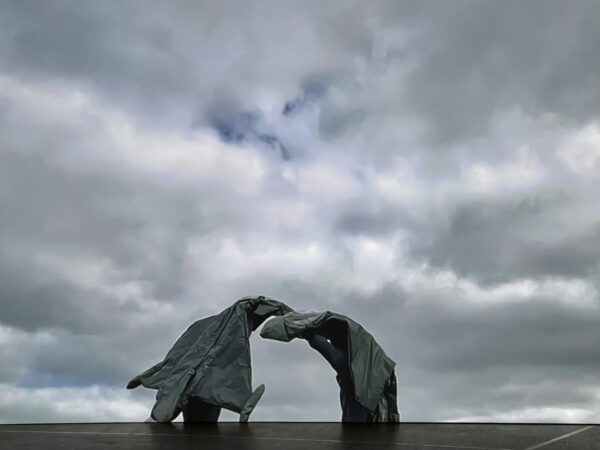
Fiona Banner, “Pranayama Typhoon,” 2021, installation at the gymnasium of Patronato Salesiano, a basketball court set within a converted church.
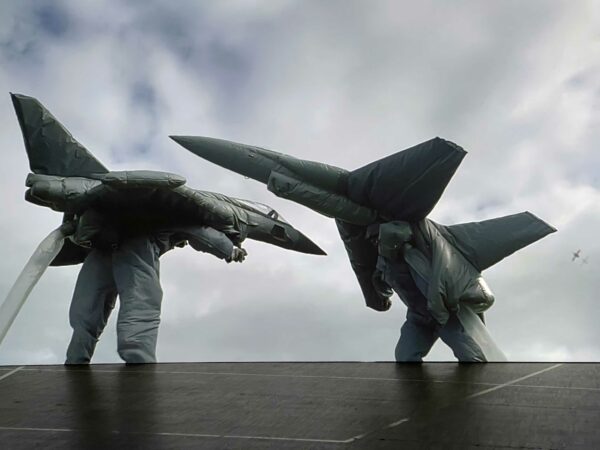
Fiona Banner, “Pranayama Typhoon,” 2021, installation at the gymnasium of Patronato Salesiano, a basketball court set within a converted church.
6. Ukrainian artist Zhanna Kadyrova, Palianytsia (Bread), 2022, cut and polished stones
At the outbreak of the Russian invasion of Ukraine, artist Kadyrova questioned her 20-year artistic practice and the importance of art as a tool for resistance. During the second week of the war, her family was forced to flee from Kiev to Germany. Kadyrova relocated to the Carpathian mountains, where she created this body of work from river stones found in the area. The title, “Palianytsia,” means bread in Ukrainian, but the word is misunderstood in Russian. Hence, the word has become symbolic as a means of determining friends versus enemies. All proceeds from Kadyrova’s project go back to relief organizations in the Ukraine. In this way, Kadyrova’s stone bread transforms into real bread for displaced refugees.
7. Chinese artists YiiMa Art Group (Ung Vai Meng and Chan Hin Io), Allegory of Dreams
The exhibition adjacent to the Arsenale features performance art, photography, sculpture, and video of the YiiMa Art Group’s collaborative work over the last decade. The artists use themselves to show the traditional and shifting Westernization of the culture of Macao through allegorical and dreamlike scenes of daily life. I had the pleasure of meeting both artists and learning about their research and practice. The name “YiiMa” translates to twins, referring not only to the artists, as they mimic one another in their work, but also to the ancient ports of Macao and Venice. This exhibit seeks to connect the cultural heritage of both cities.
8. South Korean artist Oh Myung Hee, The Days Were Snowy But Warm, 2020-2022, acrylic, photographs, mother of pearl on canvas
On exhibit at the Palazzo Moro, artist Oh Myung Hee’s work explores themes of family, the legacy of war, the influence of Japanese imperialism, and the westernization of Korea. She uses family snapshots and found photographs, layering them with acrylic and mother of pearl to examine the shifting role of the modern Korean woman. The intricately detailed works are beautiful and haunting, suggesting the collapse of past and present, evoking personal and collective memory.
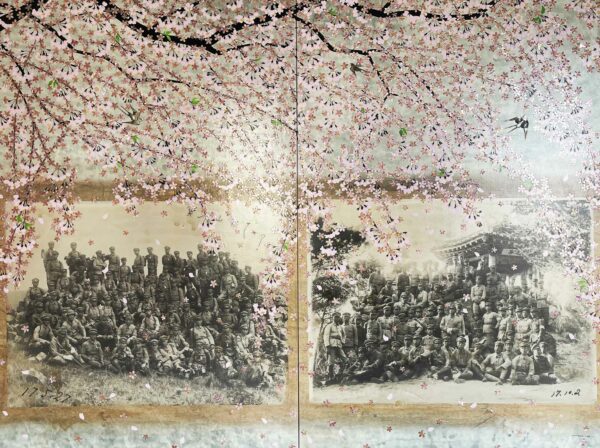
Oh Myung Hee, “The Days Were Snowy But Warm,” 2020-2022, acrylic, photographs, mother of pearl on canvas.

Oh Myung Hee, “The Days Were Snowy But Warm,” 2020-2022, acrylic, photographs, mother of pearl on canvas.
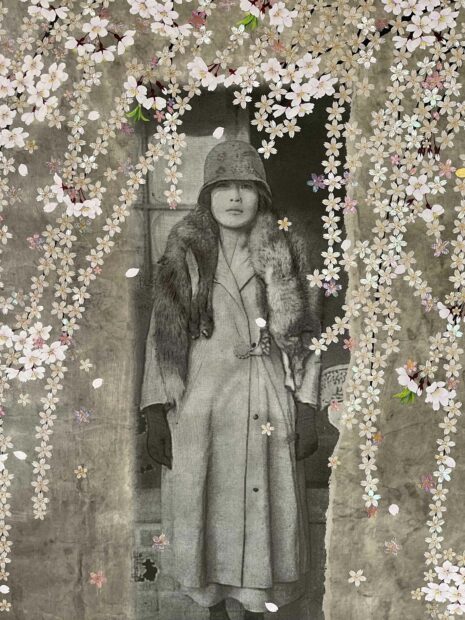
Oh Myung Hee, “The Days Were Snowy But Warm,” 2020-2022, acrylic, photographs, mother of pearl on canvas.
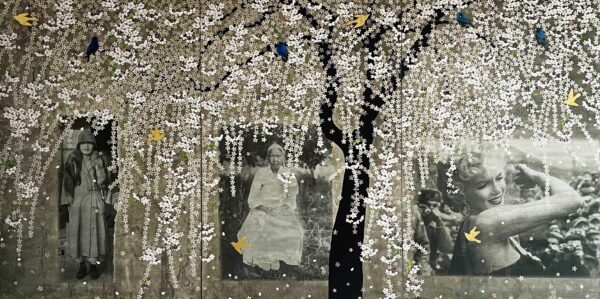
Oh Myung Hee, “The Days Were Snowy But Warm,” 2020-2022, acrylic, photographs, mother of pearl on canvas.
9. U.S. atist Tawny Chatmon, Pastoral Scenes/Ahmad in Pastiglin and Monique in Pastiglen, 2021-2022, 24k gold leaf, acrylic, semi-precious stones and glass on archival pigment print
Chatmon’s gold-leafed photographic portraits celebrate the beauty of black childhood. Inspired by 15th century Italian artists and artisans, as well as gold-inscribed historical relics, the artist juxtaposes the portraits onto historical landscape paintings as an act of affirmation. The gilded details and textures use African symbols that are meticulously applied to the surface, creating a stunning visual proclamation of power.
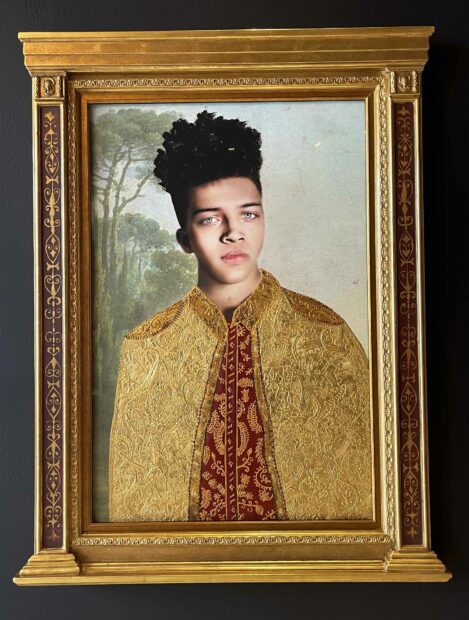
Tawny Chatmon, “Pastoral Scenes/Ahmad in Pastiglin and Monique in Pastiglen,” 2021-2022, 24k gold leaf, acrylic, semi-precious stones and glass on archival pigment print
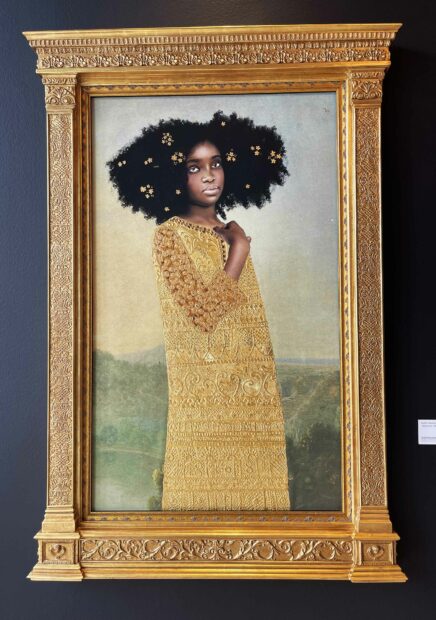
Tawny Chatmon, “Pastoral Scenes/Ahmad in Pastiglin and Monique in Pastiglen,” 2021-2022, 24k gold leaf, acrylic, semi-precious stones and glass on archival pigment print
10. U.S. artist Delita Martin, Visionary, 2021, relief printing, charcoal, pastels and acrylic; and Follow Me Little Bird, 2021, relief printing, charcoal, pastels, hand stitching and acrylic
Martin’s mixed media prints of Black women explore inner spiritual worlds of creativity and imagination. Her use of mixed media, which incorporates relief printing with hand stitching, repeating patterns, and textures, converges with her young female protagonists, offering a portal between the subjects’ inner and outer worlds. She lives near Houston, in Huffman, Texas. A feature profile on her work is forthcoming in Glasstire.
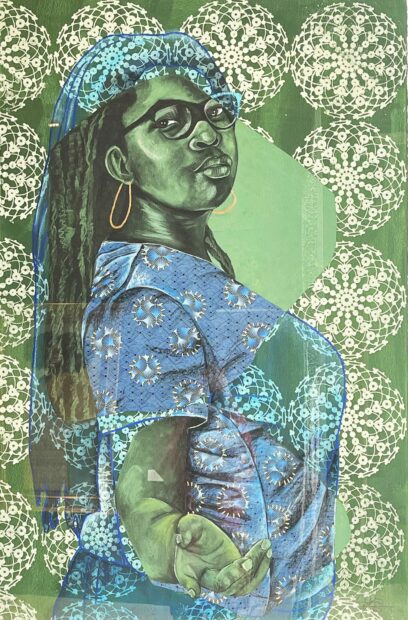
Delita Martin, “Follow Me, Little Bird,” 2021, relief printing, charcoal, pastels, hand stitching and acrylic.
Chatmon’s and Martin’s works are part of the Afro-Futurist Manifesto: Blackness Reimagined exhibition on view at Palazzo Bembo and curated by Galerie Myrtis in Baltimore, Maryland. The exhibit features African American artists whose work draws inspiration from Afrofuturism, Black existentialism, and spirituality, offering counter narratives to construct a future filled with justice and peace.
I would be remiss without mentioning the Anselm Kiefer exhibition at the Doge’s Palace. The Fort Worth Modern already has Kiefer’s work in its collection, so it did not make the top ten list. However, in terms of an art experience, the Kiefer exhibit left me speechless. I rarely use words like sacred or sublime when writing about art, but both describe his floor-to-ceiling, mixed media sculptural paintings installed within the building’s 14th century Venetian Gothic architecture. Visitors walk through the entire palace, ending at the Kiefer exhibition, which explores universal themes of war, violence, death, but also survival. His process of creation through destruction with the act of burning addresses themes of sanction and negation.
I rarely write about work that doesn’t interest me. My philosophy is why waste the energy when I could focus on work that speaks to me on some level. I have that luxury as a very part-time writer. However, after reading Seph Rodney’s goodbye article, “Art Criticism as a Way to Live” in Hyperallergic, I felt emboldened to write briefly about a work that irritated me, as well as an encounter with another critic. Ignasi Aballi’s piece Correccion at the Spanish Pavilion looks like an empty white gallery. The artist built a new white cube inside the old white cube, rotating the walls by 10 degrees to align with the architecture of the neighboring pavilions. The gesture left me cold and empty. I felt cheated; the work did not make me want to “reconsider” the space or how this addressed political boundaries. I didn’t bother taking a photo, because readers can imagine an empty white space. Apparently, I am not the only one who disliked this work — The Art Newspaper listed it as one of the worst pieces in the city.
The encounter with the critic happened in my hotel. I was making small talk with a man whose name I didn’t bother to learn. He asked me what I thought about the Biennale overall, and I gave him my truthful response, including my interest in the overall themes, as well as accolades for Cecilia Alemani’s curatorial vision. When I asked him for his response, he dismissed my question, saying “Meh, there were no men in the exhibition.” Then, he dismissed me and walked away. There were many things I wished to say to him, but I didn’t want to be the loud, obnoxious American. But then I regretted that I let him walk away without more of a fight.
In reading Ben Luke’s article about the criticism over the female-dominant Biennale, he states that the fact that there’s criticism over gender imbalance reveals how necessary Alemani’s Biennale is. Alemani said that while she works with a lot of female and non-binary artists, she didn’t set out with the idea of not including male artists. The selection was an organic process focused on the work. For the first 100 years of the Biennale, less than 10% of the artists were women, so I say, IT’S ABOUT TIME.
I don’t want to end on a negative note. Attending the Venice Biennale has been on my bucket list for over 20 years, and it exceeded my expectations in every way. The exhibits present work of utopic imagining, while not ignoring the difficult realities of today.
The Venice Biennial is on view until November 27, 2022.



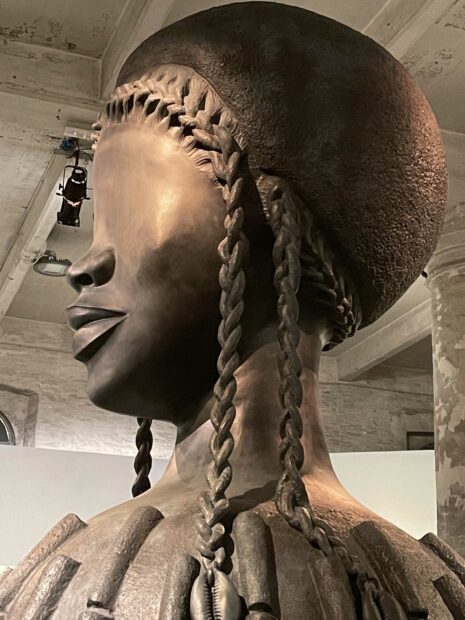

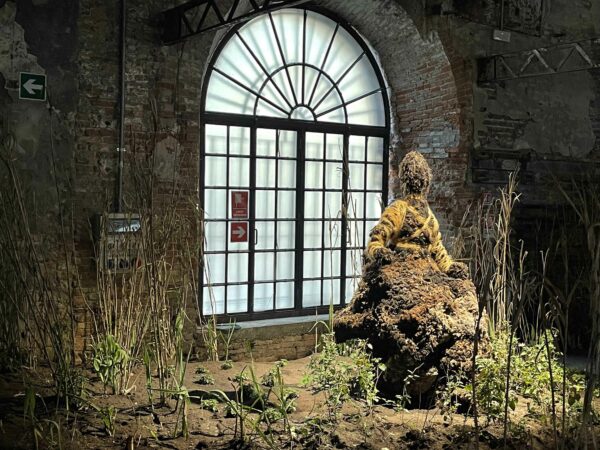
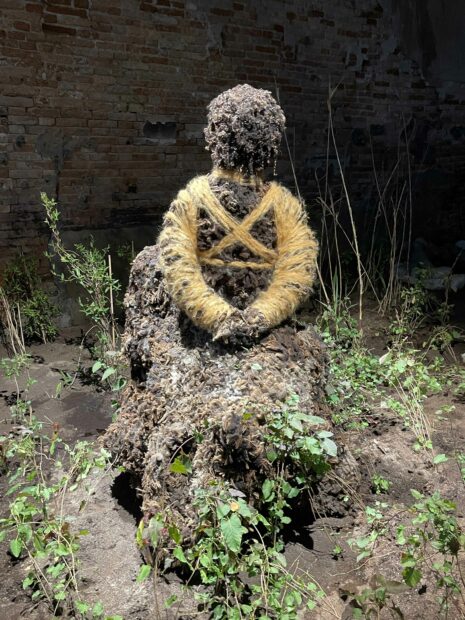
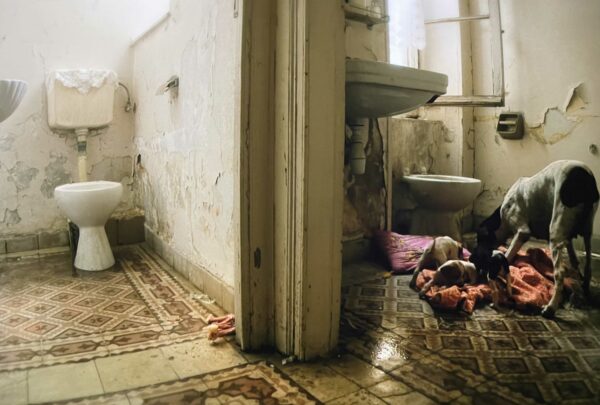
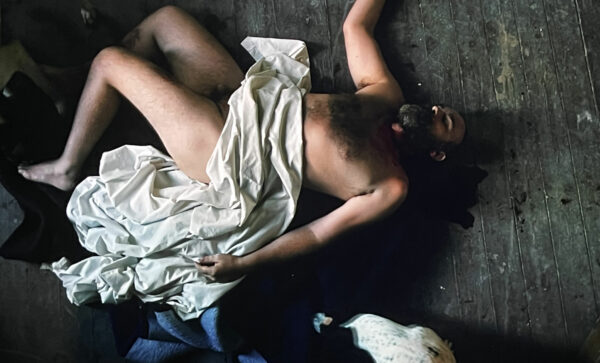

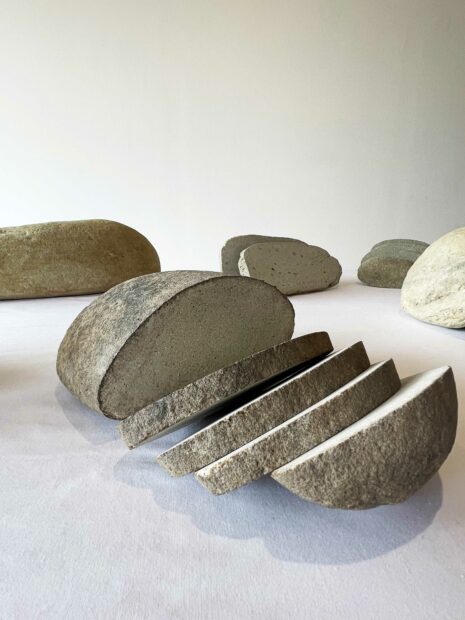
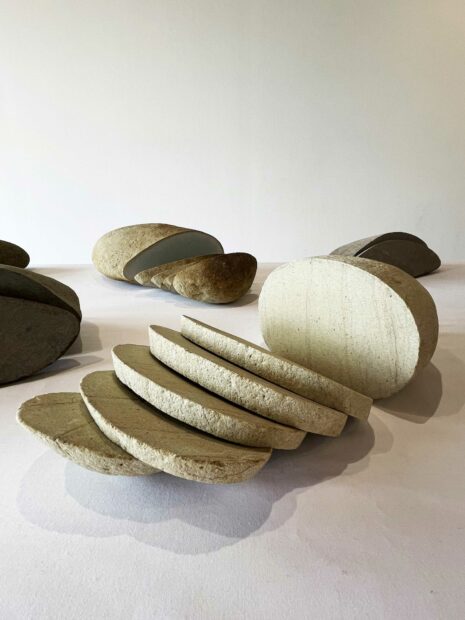
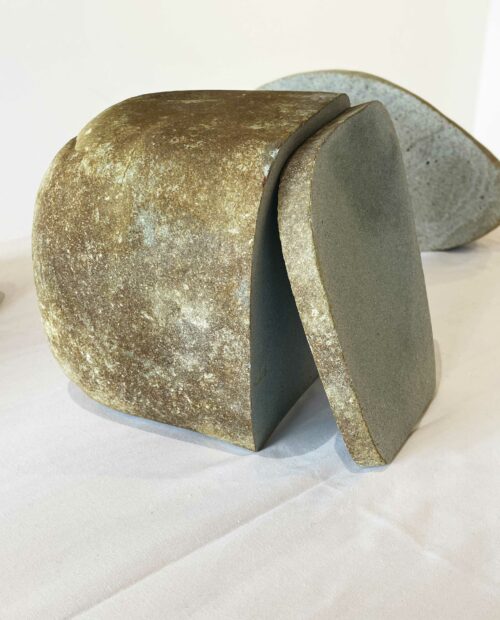
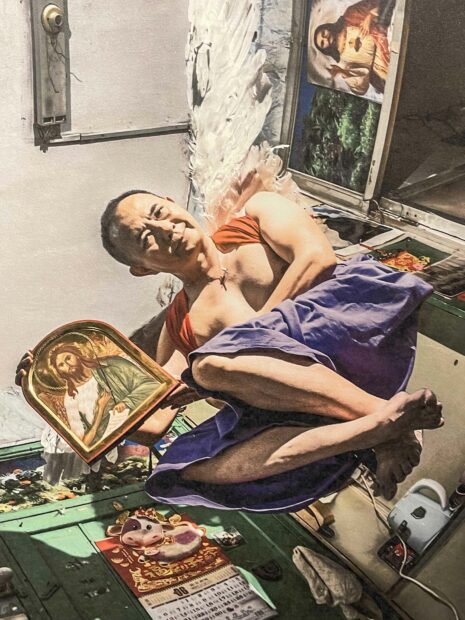
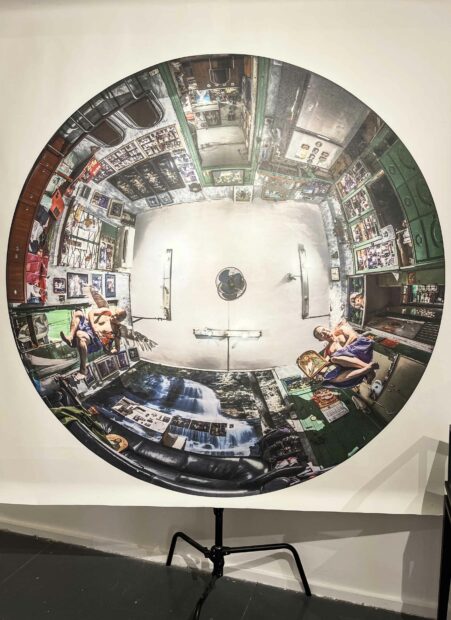
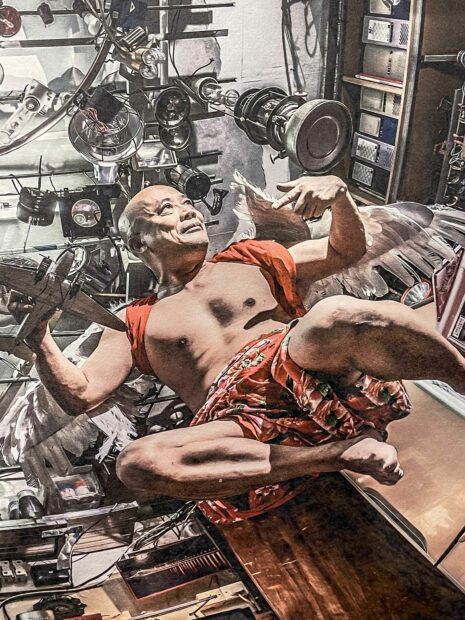

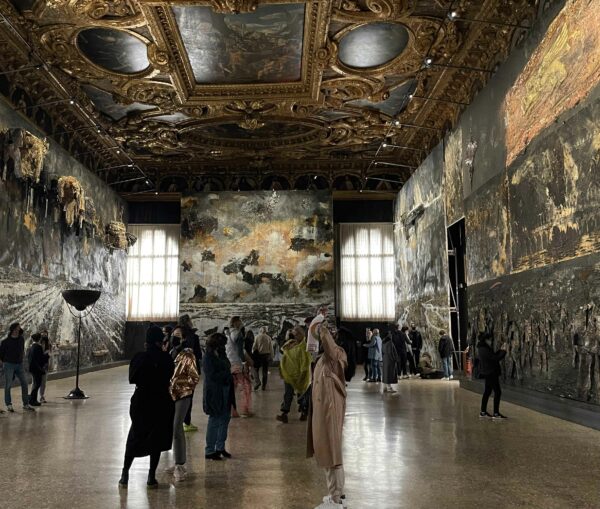
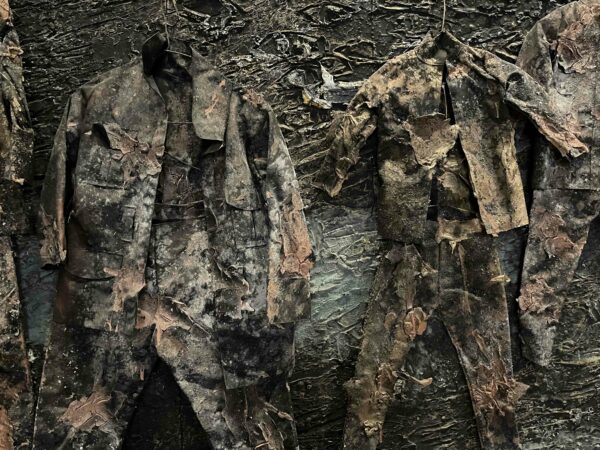

4 comments
Colette, thank you for this article lending your insight and experience at the 59th Venice Biennale. I especially appreciated your exploration of Tawny Chatmon and Zhanna Kadyrova‘s work.
My recent travels to Venice were short so I was not able to view all of these in person but thankfully I did view the Anselm Kiefer exhibition. It is poetic, monumental and inspiring to say the least. Thank you
Thank you Carmen for taking the time to read the article and post your comment. I’m glad you were able to see some of these works in person!
Thank you acknowledging the brilliant work of Tawny Chatmon and Delita Martin. The Afro-Futurist Manifesto: Blackness Reimagined exhibition is a thought-provoking presentation on the speculative future of Blackness and five male artists are included!
Myrtis,
Thank you for your comments. The Afro-Futurist Manifesto: Blackness Reimagined exhibition was definitely one of the highlights of the Biennale exhibits. All of the artists’ works were conceptually evocative and well executed.